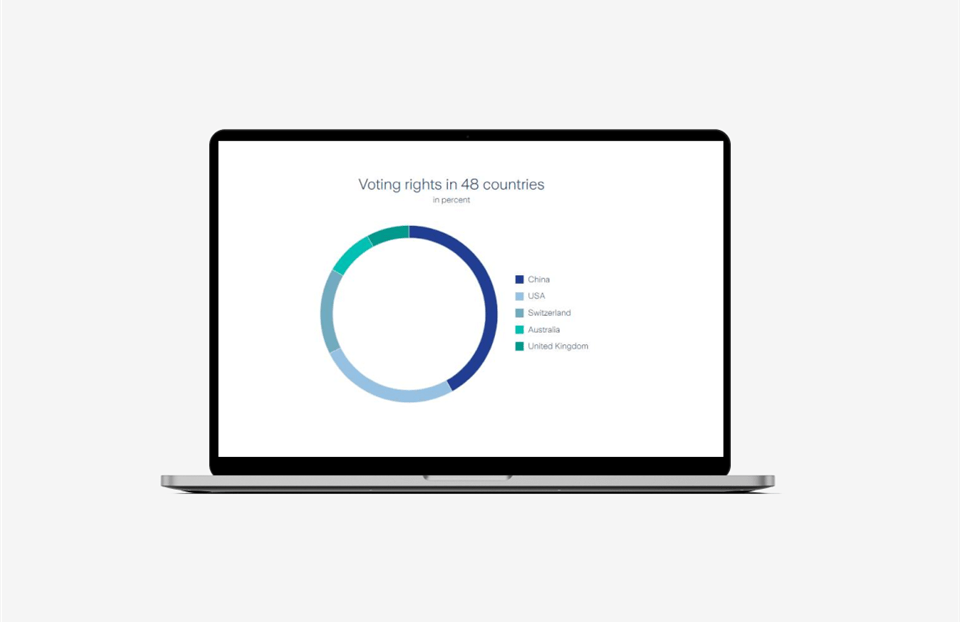Methodology according to KBOB: Life cycle assessment data in the construction sector
The calculation and presentation of greenhouse gas emissions were carried out according to the rules of the SIA 380:2016 standard. The emission coefficients according to the Coordination Conference of Building and Property Bodies of Public Builders (KBOB) 2016: life cycle assessment data in the construction sector 2009-1:2016 were used for the calculation of greenhouse gas emissions.

